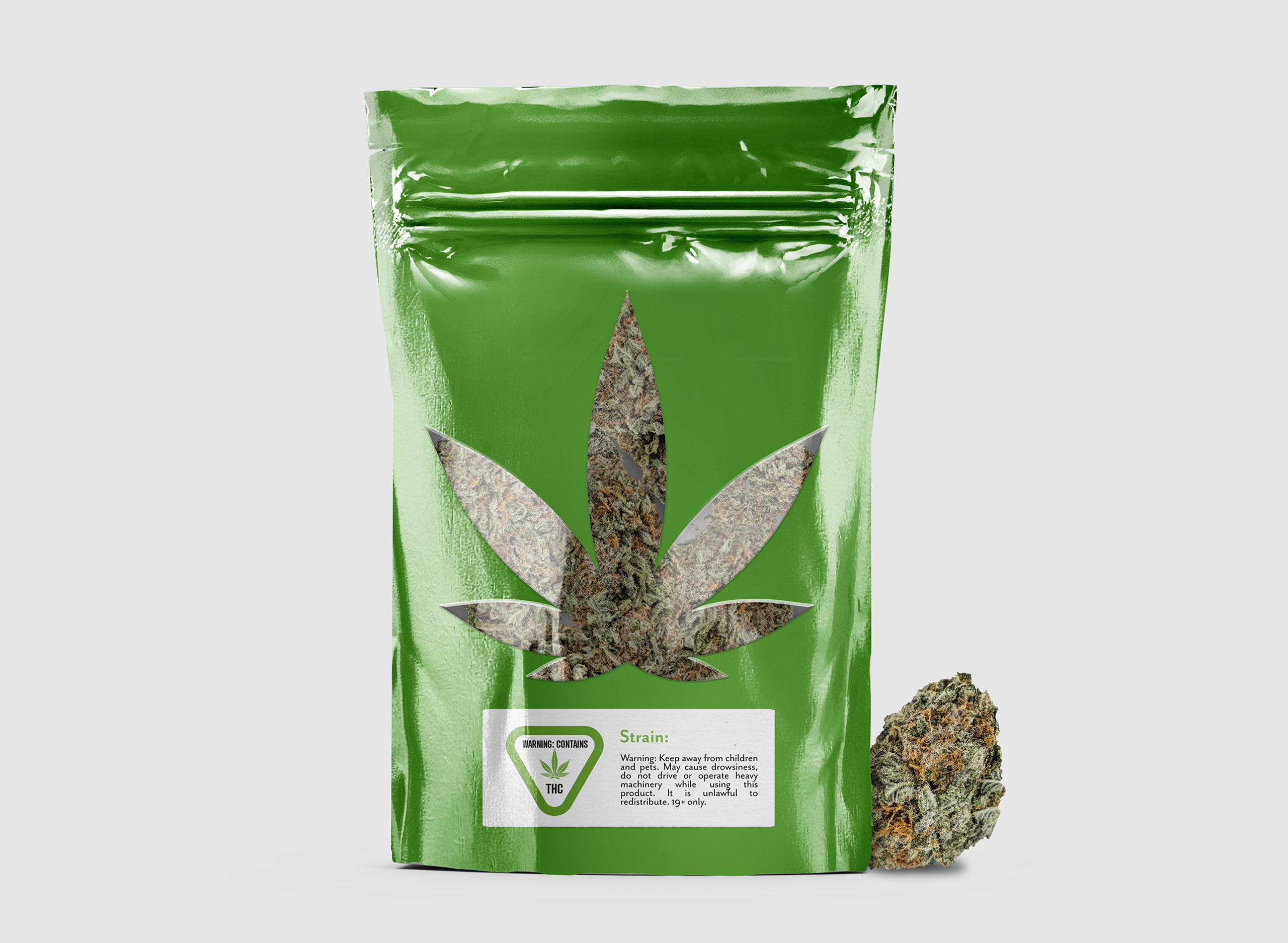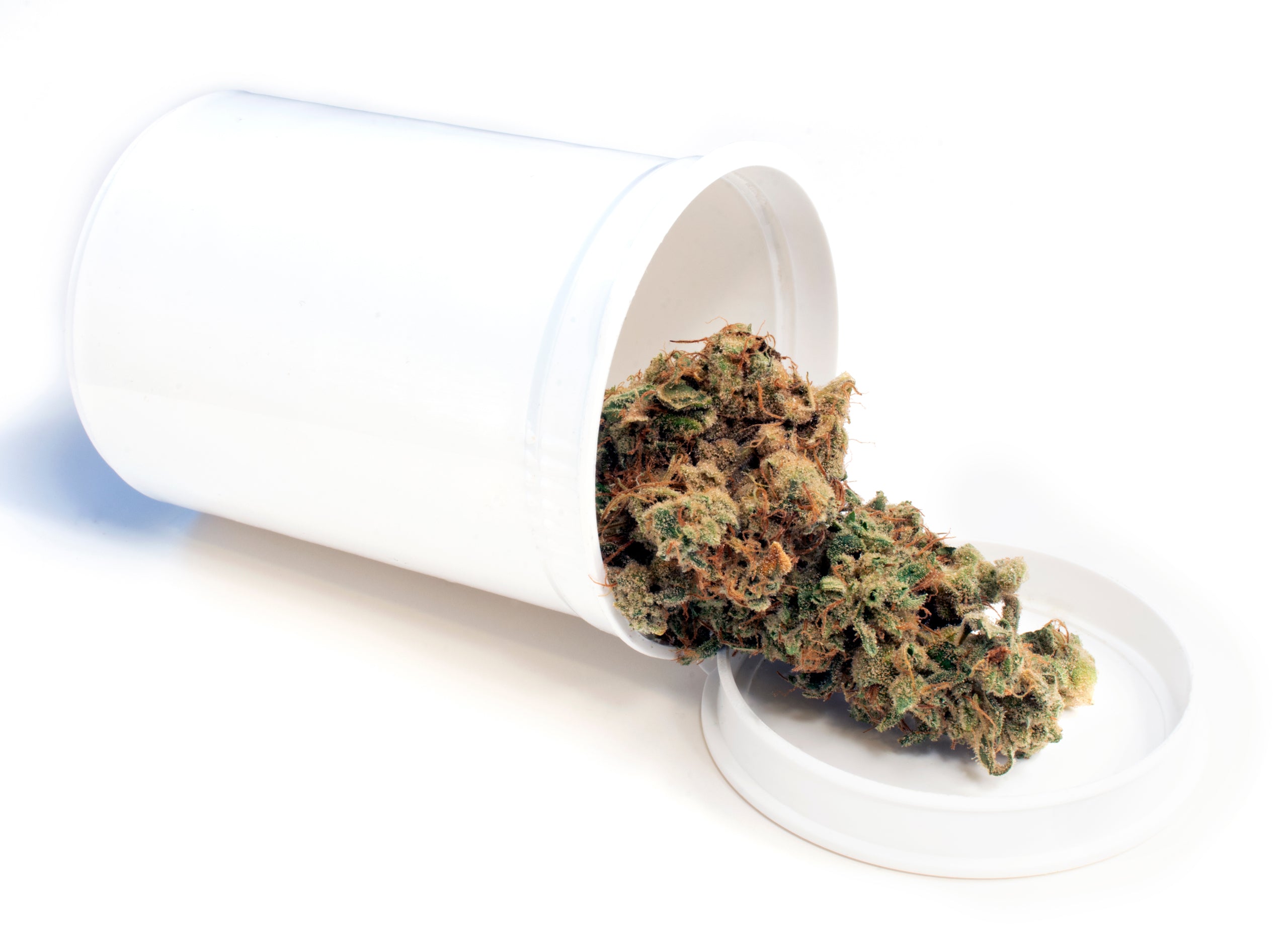Until marijuana is legalized federally, cannabis packaging laws will continue to be formulated on a state-by-state basis. Thirty-nine states and U.S. territories have legalized medical marijuana, and 19 of those have legalized adult use; that’s 39 sets of regulations, often more if states require different packaging/labeling for medical versus recreational. While packaging cannabis products, businesses must follow their state’s rules to a tee. Regulatory compliance will keep marijuana businesses in operation, protect the company’s integrity, and ensure customers’ safety.
While every cannabis company that packages products has to review and follow their state’s marijuana legalization packaging regulation, there are both overlapping regulations and state-nuanced regulations. Knowing the generalities of both is important when considering packaging marijuana products.
Cannabis Packaging Regulations
There are regulatory aspects to cannabis packaging that all states follow, but of course, states have differences in their packaging. We will break down some overarching packaging requirements while highlighting a few states’ individual regulations.
Child Resistant Packaging
A requirement that all states share is child resistant weed packaging. As the name says, this packaging is created, so children (specifically those under five) have difficulty opening it. Cannabis products, when ingested by children, can cause harm and poisoning. To avoid this risk states package in child resistant packaging. This may include tamper evident cannabis packaging, where a seal must be broken to access the product. Child resistant packaging can also come in various options: child resistant bags, tins, tubes, and jars can all be used to package weed products in compliance with state regulations.
Resealability
Almost every state requires a level of resealable packaging. Frequently cannabis products are not one-use. It would be impressive if a customer could go through a fourth in a single setting, but not likely. Therefore, most legal states require that packaging can be closed after it is opened, and not all the weed product is used. Not only does this protect the quality and freshness of products, but since the packaging is child resistant, it provides continued safety for little ones.
Cannabis Packaging in California
California was the first state to legalize marijuana of any kind when the state legalized medical marijuana in 1996. In the 25 years after legalization, many states have considered California a blueprint for packaging requirements. This is partly because the packaging was not regulated for several years and partly because of the quick turnaround with regulations. Therefore, it is only fitting to review some of California’s specifications that not every state shares. For example, edible regulations in California state that the packaging must be opaque. While many states require opaque packaging, California’s laws are specific to edibles.
Cannabis Labeling Requirements
Cannabis labeling is a part of the packaging, but labels come with their own set of regulations. Since labels can come in different fonts, sizes, and colors, there is more room for variance and more space for regulation. Cannabis compliance labels are just as important as the packaging itself, and both work in tandem to keep businesses in accordance with state laws.
Identifier on Packaging
States require some form of identifier for the specific strain of cannabis. For example, some states like Rhode Island require the unique serial number of the strain to be placed on the label. States use barcodes, IDs, or a unique identification number (UIN). These identifiers also come with the date producers harvested the weed and the supplier. Identifiers help combat illegal grow operations and help businesses and customers track any product recalls. While the identifier may vary state by state, the actual use of one does not.
Universal Cannabis Symbol
Every state requires the standardized cannabis symbol to be present on labeling. This symbol lets people know that the product has THC in it. Every company selling packaged cannabis needs to find a way to apply this symbol to its packaging label. By requiring the universal weed symbol, states are protecting customers and businesses alike by ensuring that customers are informed about the product they are purchasing.
Medical vs. Recreational Labels
Most states require businesses that sell marijuana to label whether they are recreational or medical products. Some states don’t require cannabis to be labeled with “medical” if the entire state is medical. For example, until Arizona recently legalized adult-use cannabis, its medical market did not require packaging to be labeled with a medical sticker. States like Hawai’i and New Mexico that have both legalized do require businesses to differentiate between recreational vs. medical by medical label stickers.
Label Imagery
Label imagery is an area that has lots of variance between states. States (including California, Colorado, Maine, Maryland, Massachusetts, Minnesota, and Oregon) have banned using imagery like cartoons or graphics to not appeal to children. These states also have prohibited packaging from appearing like the packaging for children’s products. These regulations work in tandem with child resistant packaging to further provide safety for children who might be enticed by vibrant, colorful packaging.
The Overview
Clearly, state by state cannabis legalization has led to the state by state packaging regulations. As shown above, many states overlap in their requirements, but many differ and have incredibly nuanced rules. If you are beginning to start a business in the marijuana industry, knowing how to package cannabis is essential. While overviews are extremely helpful to paint the picture of how packaging (including labeling) works together to keep businesses compliant, knowing the details of requirements of the state you’re operating is imperative. Before you begin a foray into weed packaging, ensure you are equipped with the regulatory overview and the intricacies of individual states.
Evolution
Like with everything, change is inevitable. The evolution of cannabis packaging has come a long way with the rise of legalization. Adult-use legalization is rapidly spreading, and laws surrounding packaging will continue to evolve to provide customers with the safest, highest quality packaging. As laws change and legalization spreads, businesses that package marijuana products should always keep up-to-date on their state’s requirements.














Leave a comment
All comments are moderated before being published.
This site is protected by reCAPTCHA and the Google Privacy Policy and Terms of Service apply.